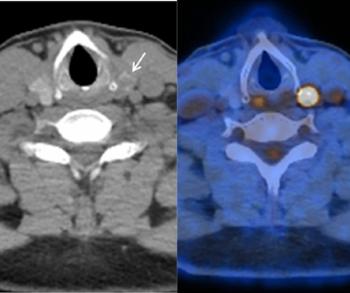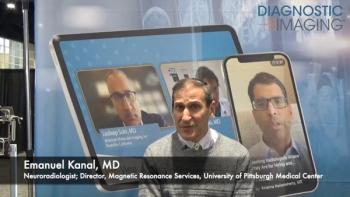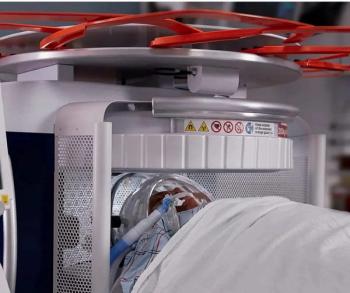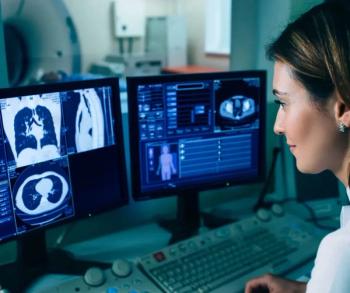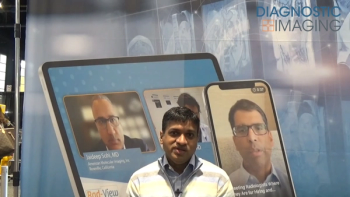
Solution describes transfer of 35 mm slides to PACS
SoIndiana University radiologists have come up with a better way to digitize the thousands of 35 mm radiology slides collected by academic radiology departments over the years.
Indiana University radiologists have come up with a better way to digitize the thousands of 35 mm radiology slides collected by academic radiology departments over the years.
The slides contain the primary raw materials of radiology educational content and are too valuable to toss out.
"Although high-quality slide digitizers have been commercially available for years, we have found that converting collections of 35 mm slides into useful digital content requires substantially more than a digitizer," said Dr. Mark S. Frank, an associate professor of radiology, Indiana University.
Frank said commercial digitizers require several complementary steps to provide an efficient end-to-end conversion mechanism:
- digitize slides in batch mode
- postprocess digitized images when necessary
- enter ancillary information such as diagnosis
- store the digitized images in a database
The system, described in the April issue of the American Journal of Roentgenology, includes a digitizer (Coolscan 4000, Nikon) connected to an automatic slide feeder (SF-200, Nikon). The digitizer is also wired to a notebook computer running Windows XP Professional. The computer is connected to the department network with a built-in 100-Mbps Ethernet adapter. A shared network folder stores images produced by the digitizing software.
Newly digitized images are accessible through the departmental network. PACS is now the primary source of digital education content.
"We found this to be an effective way to relegate CPU-intensive digitization to a small, mobile, and fully configured computer that can be conveniently relocated at will with the digitizer," Frank said.
The largest hurdles to the process included understanding the different ways in which the digitizer could be configured and learning how to optimize the consistent production of high-quality digital images.
After considerable experimentation, Frank chose to digitize at a resolution of 1250 x 850 pixels (about 907 pixels per inch) rather than higher resolution alternatives.
"We found that optimizing contrast resolution was more important than spatial resolution," he said.
Initial images are individually reviewed, then converted to JPEG format using a quality factor of 90 or higher. The adjusted images, each approximately 2 MB, are then archived to optical media for long-term safekeeping.
Newsletter
Stay at the forefront of radiology with the Diagnostic Imaging newsletter, delivering the latest news, clinical insights, and imaging advancements for today’s radiologists.

